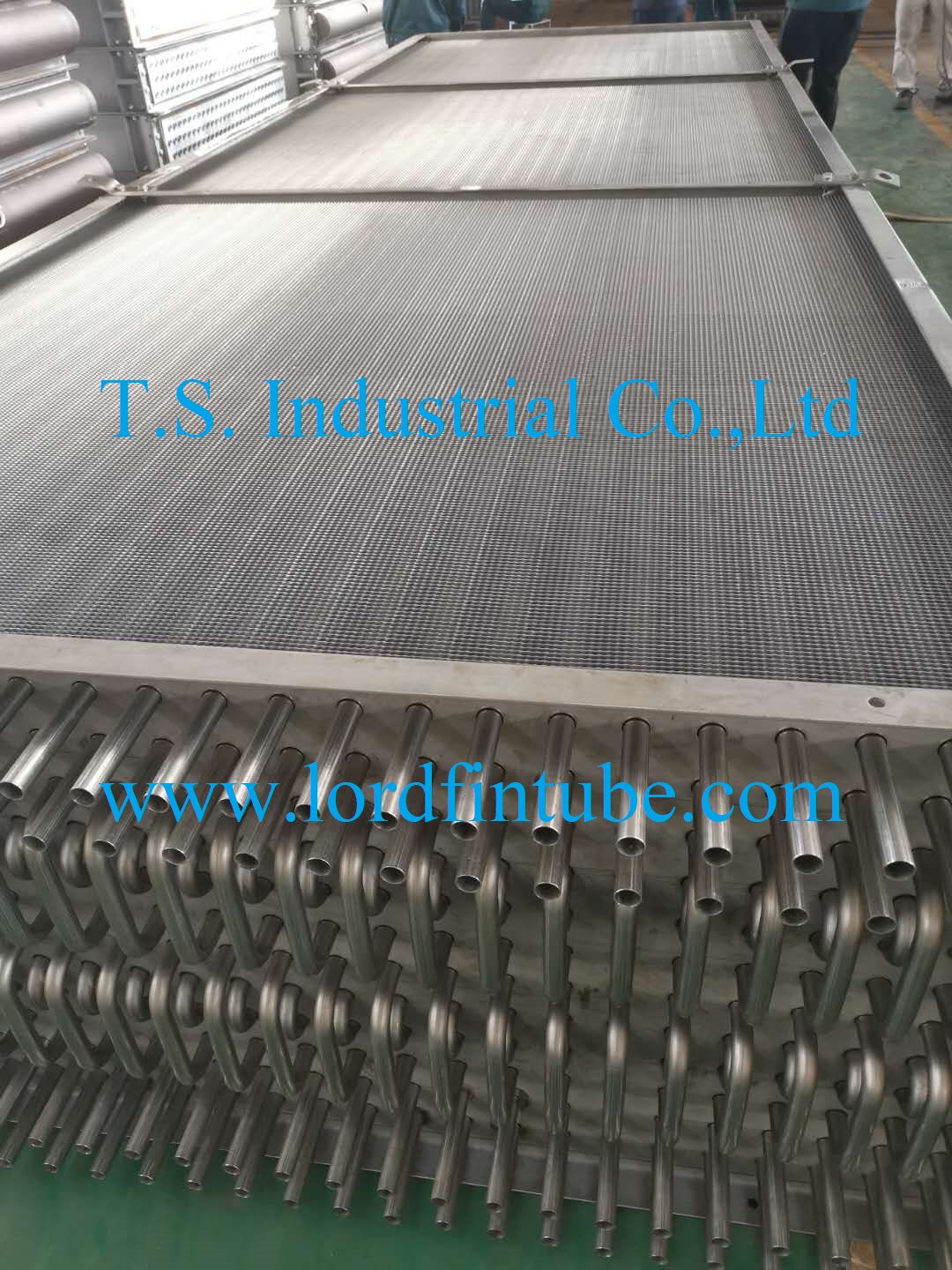Why Factories & HVAC Systems Are Obsessed With Finned Tubes
Imagine cutting your factory’s energy bills by 20% overnight. That’s exactly what happened at a Texas power plant after they upgraded to finned tube heat exchangers. These unassuming metal tubes with ridges aren’t just engineering eye candy – they’re transforming how industries manage heat.
How One Auto Plant Saved $460,000 Annually
When Ford’s Michigan assembly plant faced rising cooling costs, engineers replaced standard copper tubes with aluminum-finned variants in their HVAC systems. The results shocked everyone:
| Metric | Before Finned Tubes | After Finned Tubes | Improvement |
|---|---|---|---|
| Cooling Efficiency | 68% | 89% | +21% |
| Monthly Energy Cost | $38,400 | $23,700 | 38% Savings |
| Maintenance Downtime | 15 hrs/month | 4 hrs/month | -73% |
Source: 2023 ASHRAE Industrial Case Studies Report
This isn’t magic – it’s physics. By adding fins (those tiny ridges), engineers create 40-70% more surface area for heat exchange. Think of it like turning a flat driveway into a corrugated steel roof – more space for thermal transfer without massive equipment upgrades.
The Dirty Truth About Heat Exchanger Failures
Not all finned tubes are created equal. A chemical plant in Louisiana learned this the hard way when their “budget” stainless steel fins corroded in 6 months. Here’s what separates winners from failures:
Material Showdown
| Material | Thermal Conductivity | Corrosion Resistance | Cost per Meter | Best Use Case |
|---|---|---|---|---|
| Aluminum | 237 W/mK | Moderate | 18 | HVAC, Low-Corrosion |
| Copper | 401 W/mK | Poor | 30 | High-Efficiency Systems |
| Stainless | 16 W/mK | Excellent | 40 | Chemical Plants |
| Titanium | 21 W/mK | Extreme | 130 | Marine Applications |
Data from 2024 Global Thermal Engineering Report
Pro Tip: For food processing plants, go with extruded aluminum fins – they withstand frequent washdowns better than bonded alternatives.
3D-Printed Fins? The Future Is Here
Traditional manufacturing methods are getting competition. Siemens Energy recently tested 3D-printed titanium fins with microscopic surface textures. The results?
-
22% higher heat transfer vs. conventional fins
-
15% lighter weight
-
40% faster production time
But there’s a catch – at $320/meter, they’re only viable for aerospace applications...for now.
Your Cheat Sheet for Finned Tube Selection
-
HVAC Systems
-
Material: Aluminum
-
Fin Type: Helical wrapped
-
Cost Sweet Spot: 20/linear foot
-
-
Oil Refineries
-
Material: 316L Stainless
-
Fin Type: Embedded spiral
-
Watch For: Crevice corrosion at fin bases
-
-
Data Center Cooling
-
Material: Copper-nickel alloy
-
Fin Type: Longitudinal fins
-
Pro Tip: Use staggered tube arrangement for 18% better airflow
-
The Maintenance Mistake 73% of Plants Make
A 2023 survey of 142 industrial facilities revealed:
-
61% never clean finned tube arrays
-
42% use pressure washers (which bend fins)
-
Only 9% perform quarterly fin combing
Dirty fins can slash efficiency by up to 40%. The fix? Invest in fin combs (400) and train staff on soft-bristle cleaning.
SEO-Optimized FAQ Section
Q: How do finned tubes improve HVAC efficiency?
A: By increasing surface area up to 70%, they enable faster heat transfer, reducing compressor workload and energy use.
Q: What’s the lifespan of industrial finned tubes?
A: Properly maintained aluminum fins last 12-15 years; stainless steel versions can exceed 25 years in harsh environments.
Q: Are finned tubes worth the extra cost?
A: Yes – most plants see ROI within 18 months through energy savings and reduced downtime.
From nuclear reactors using laser-welded zirconium fins to experimental graphene-coated variants in Formula 1 cooling systems, finned tubes are entering a new era. The key for engineers? Match material properties to operational demands – because in thermal management, there’s no one-size-fits-all solution.

